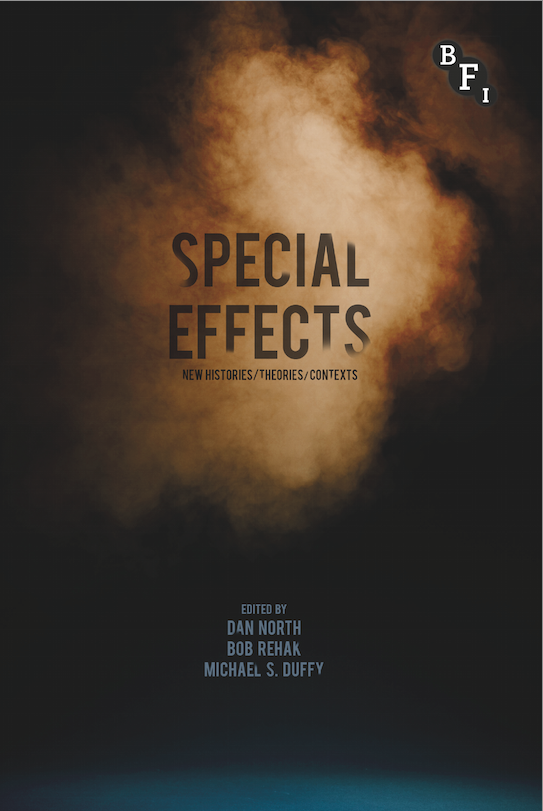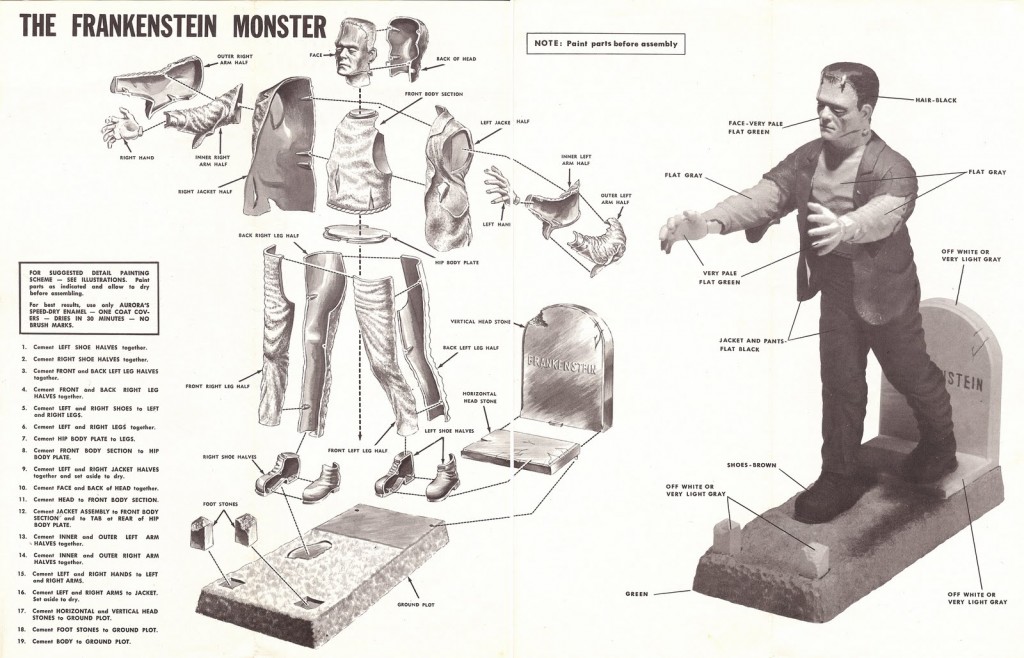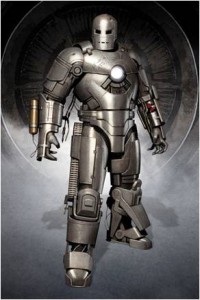I couldn’t be more pleased to announce the publication of Special Effects: New Histories/Theories/Contexts, an anthology I co-edited with my good friends and colleagues Dan North and Michael S. Duffy. Inspired by a panel we presented together at the 2008 Film and History Conference in Chicago, the book features essays by the three of us, along with contributions from established and rising luminaries such as Scott Bukatman, Julie Turnock, Chuck Tryon, Lisa Bode, Drew Ayers, Aylish Wood, Angela Ndalianis and … well, read the TOC yourself:
Foreword — Scott Bukatman
Introduction — Bob Rehak, Dan North and Michael S. Duffy
PART 1: TECHNIQUES
1. Ectoplasm and Oil: Methocel and the Aesthetics of Special Effects — Ethan de Seife
2. Fleshing It Out: Prosthetic Makeup Effects, Motion Capture and the Reception of Performance — Lisa Bode
3. (Stop)Motion Control: Special Effects in Contemporary Puppet Animation — Andrea Comiskey
4. Magic Mirrors: The Schüfftan Process — Katharina Loew
5. Photorealism, Nostalgia and Style: Photorealism and Material Properties of Film in Digital Visual Effects — Barbara Flueckiger
PART 2: BODIES
6. Bleeding Synthetic Blood: Flesh and Simulated Space in 300 — Drew Ayers
7. Blackface, Happy Feet: The Politics of Race in Motion Capture and Animation — Tanine Allison
8. Being Georges Méliès — Dan North
9. The Battlefield for the Soul: Special Effects and the Possessed Body — Stacey Abbott
10. Baroque Facades, Jeff Bridges’ Face and Tron: Legacy — Angela Ndalianis
11. Organic Clockwork: Guillermo del Toro’s Practical and Digital Nature — Michael S. Duffy
PART 3: SCREENS
12. Digital 3D, Technological Auteurism and the Rhetoric of Cinematic Revolution — Chuck Tryon
13. Shooting Stars: Chesley Bonestell and the Special Effects of Outer Space — Bob Rehak
14. Designed for Everyone Who Looks Forward to Tomorrow!: Star Wars, Close Encounters of the Third Kind, and the 1970s Expanded Blockbuster — Julie Turnock
16. The Right Stuff?: Handmade Special Effects in Commercial and Industrial Film — Gregory Zinman
17. ‘Don’t You Mean Extinct?’: On the Circulation of Knowledge in Jurassic Park — Oliver Gaycken
18. Inception’s Timespaces: An Ecology of Technology – Aylish Wood
Afterword: An Interview with Lev Manovich — Dan North
The book can be ordered from Amazon or directly from the publisher. And if you should ever be in the Philly area, drop by my office and I’ll sign your copy …




